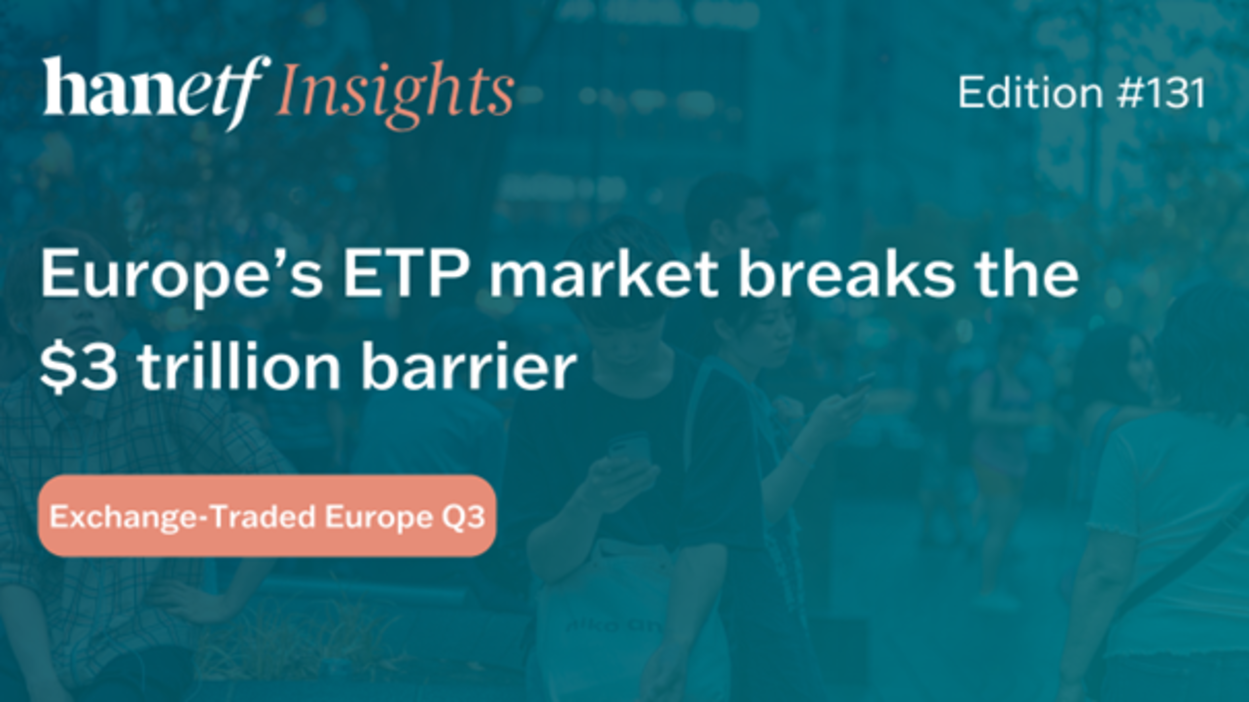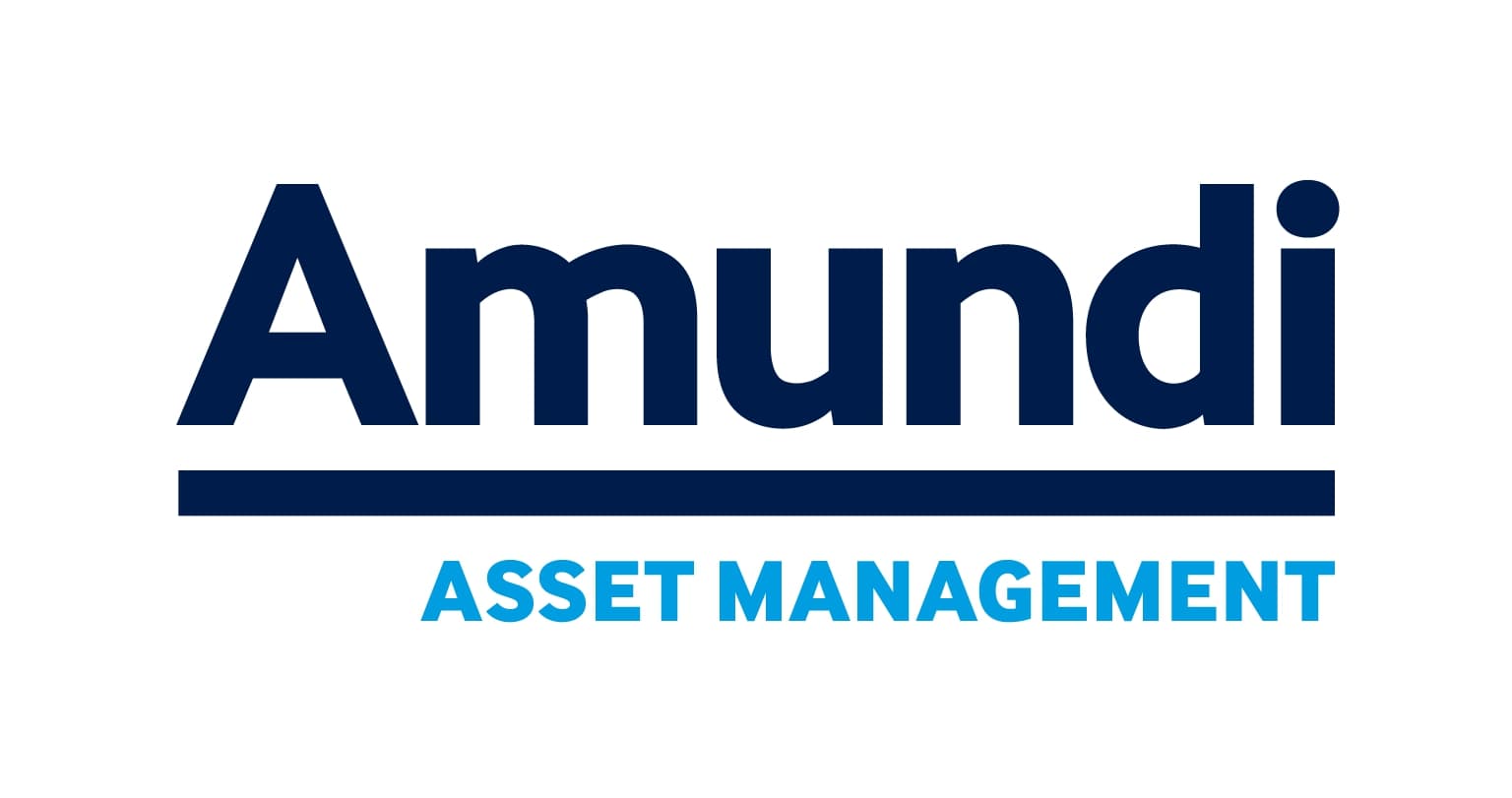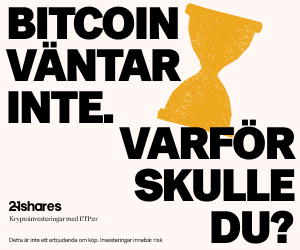VanEck Vectors Gaming ETF (NYSE: BJK), den enda börshandlade fonden som ägnar sig åt kasinospel och spelaktier, har utvecklats bra i år. Denna handlas nu nästan 35 procent högre under de senaste 12 månaderna. Bullish data från Macau ger ytterligare stöd uppåt för BJK och de flesta är ense om att Macau kan driva casino-ETF men också de enskilda casinoaktierna.
BJK markerade ett decennium på marknaden i januari 2018. Denna casino-ETF spårar MVIS Global Gaming Index, ”som är avsett att spåra den övergripande utvecklingen hos företag som är involverade i kasinon och kasino hotell, sportspel, lotteritjänster, speltjänster, spelteknik och spelutrustning”, enligt VanEck.
En viktig värdedrivare för BJKs utveckling är Macau, världens största spelcentrum och det enda kinesiska territoriet där spel är lagligt. Lyckligtvis för BJK är nya data från Macao uppmuntrande.
En bra start 2018 för Macau
Fitch Ratings gör bedömningen att Macaus spelintäktstillväxt kommer att hamna på solida 13 procent i år (ned från 19 procent år 2017). Fördelat på de olika undergrupperna svarar massmarknadssegmentet för en tillväxt på 16 procent och marknaden för storspelare för 10 procents tillväxt. Dessa marknaden är ungefär lika stora mätt i volym.
BJK har allokerat sitt kapital till 43 aktier och denna ETF speglar den globala karaktären av spelverksamheten. USA svarar för 41 procent av denna börshandlade fonds geografiska exponering. Kina är BJKs näst största geografiska vikt på 18,1 procent. Totalt har BJK 57,1 MUSD allokerat fördelat på 15 länder, varav fem klassificeras som tillväxtmarknader.
Några av BJK: s största innehav inkluderar Las Vegas Sands Corp. (NYSE: LVS), MGM Resorts International (NYSE: MGM) och Wynn Resorts Ltd. (NASDAQ: WYNN) samt Macao-enheterna i dessa företag.
Försiktig ökning bland VIP-spelarna
VIP-spelare är stora inkomstkällor för alla spelföretag, inte bara Macau-kasinona. Det segmentet återhämtar sig, men det finns också skäl till försiktighet i gruppen.
”Medan vi är mer försiktigt inställda till VIP-segmentet, vilket tappade nästan 60 procent från topp till botten under den senaste nedgången, anser vi att det segmentet nu är mer hållbart”, säger Fitch. ”Mycket av den senaste nedgången drivs av en korruptionsskandal på det kinesiska fastlandet. Spelare med högt nettovärde verkar nu bättre förstå den nuvarande politiska miljön och är mer villiga att spela i Macao. Junkets, en viktig kanal för VIP-spel genom kreditförlängningar och relationsbyggande, har konsoliderats, och är mer disciplinerade och mer reglerade. Fortfarande är en försiktighet motiverad med tanke på segmentets beroende av kredit och vissa kreditåtstramningsåtgärder som äger rum på fastlandet. ”

 Nyheter3 veckor sedan
Nyheter3 veckor sedan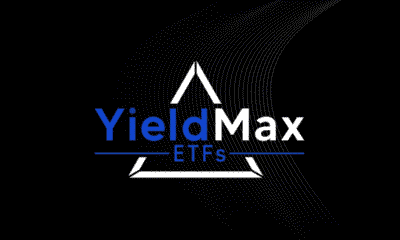
 Nyheter4 veckor sedan
Nyheter4 veckor sedan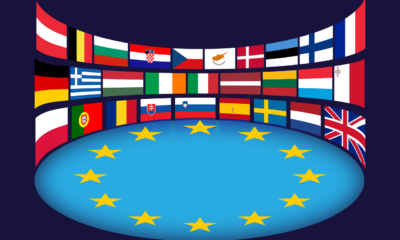
 Nyheter4 veckor sedan
Nyheter4 veckor sedan
 Nyheter4 veckor sedan
Nyheter4 veckor sedan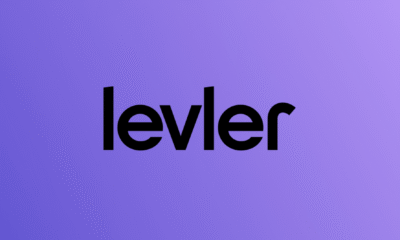
 Nyheter2 veckor sedan
Nyheter2 veckor sedan
 Nyheter4 veckor sedan
Nyheter4 veckor sedan
 Nyheter4 veckor sedan
Nyheter4 veckor sedan
 Nyheter4 veckor sedan
Nyheter4 veckor sedan















